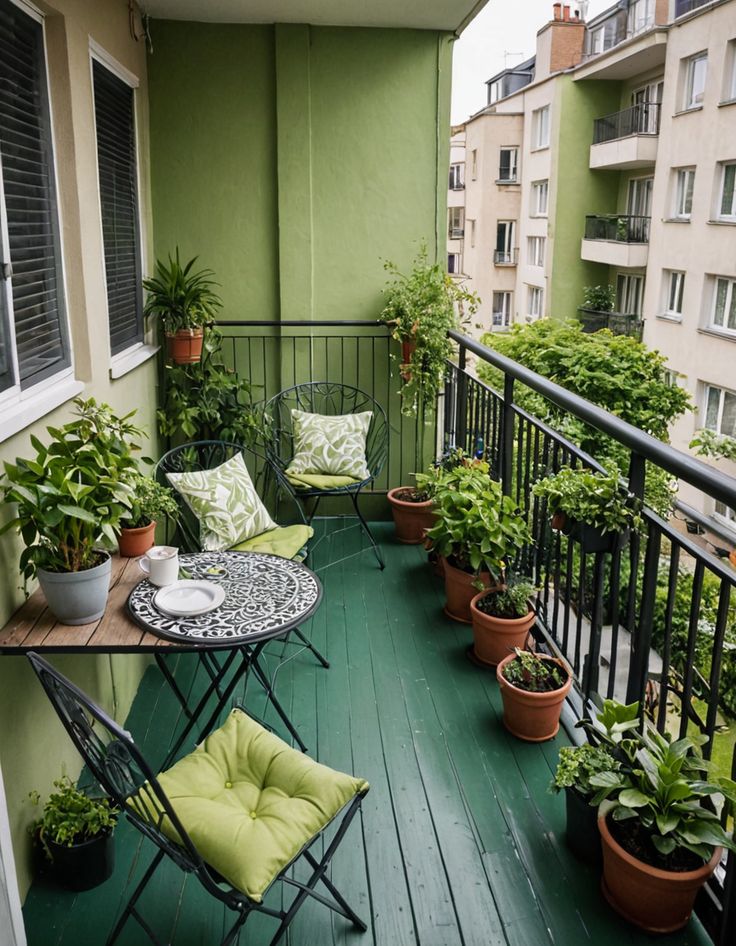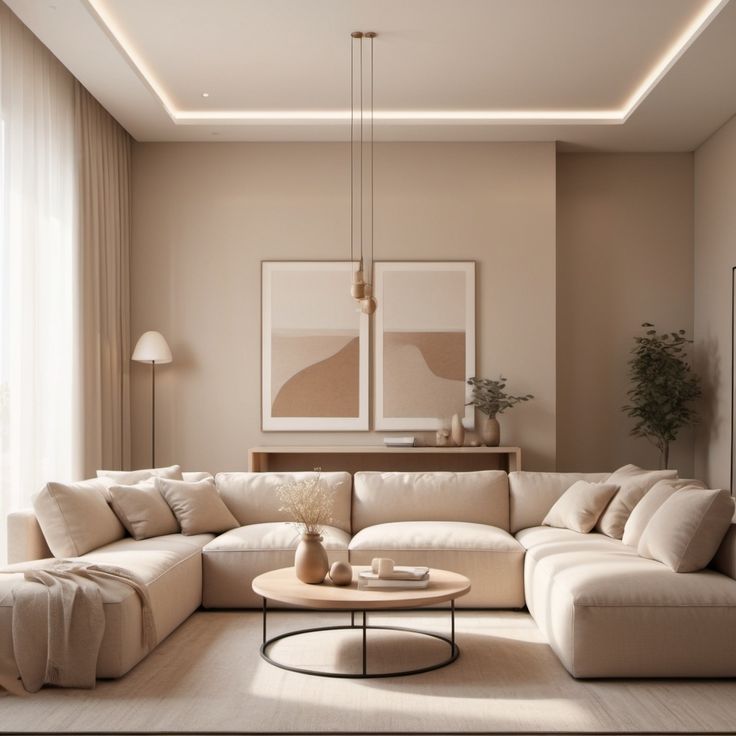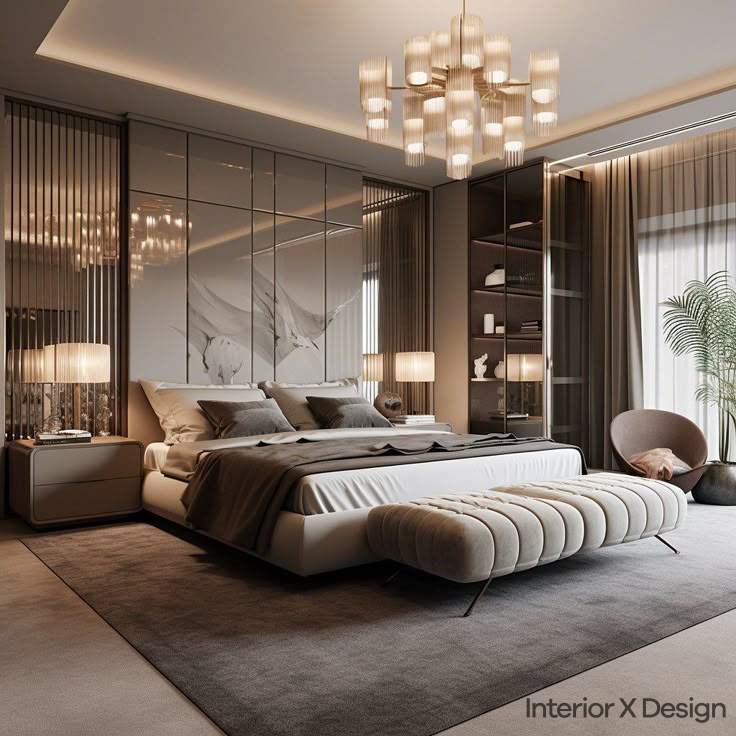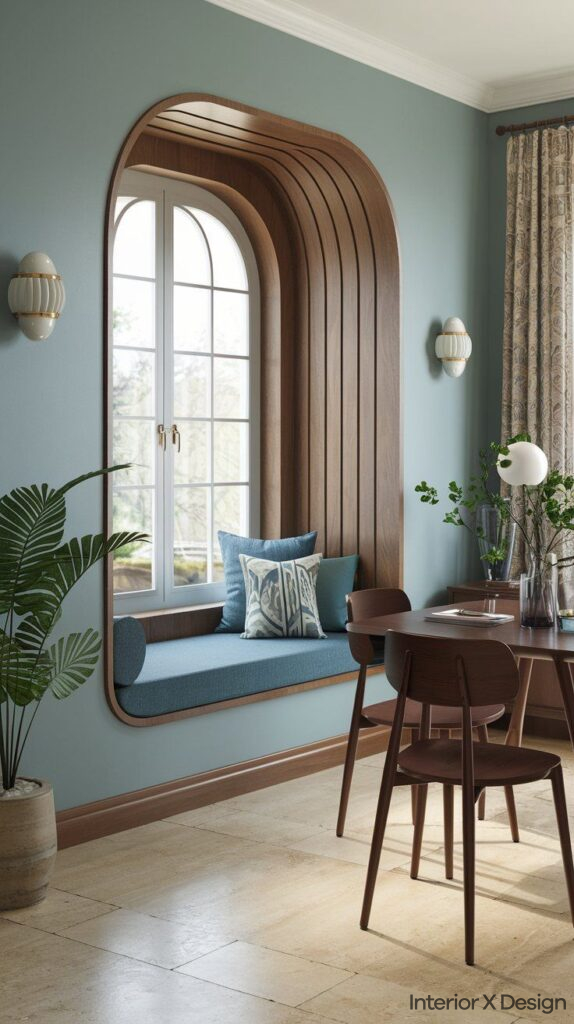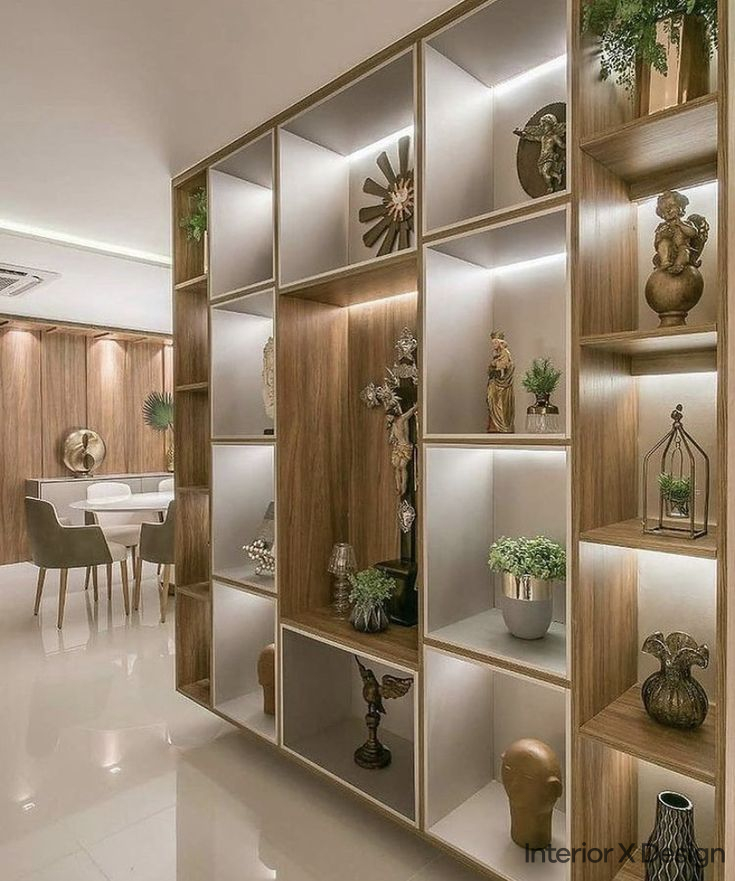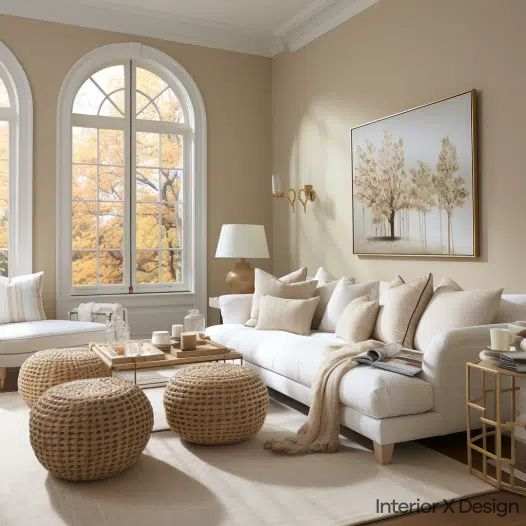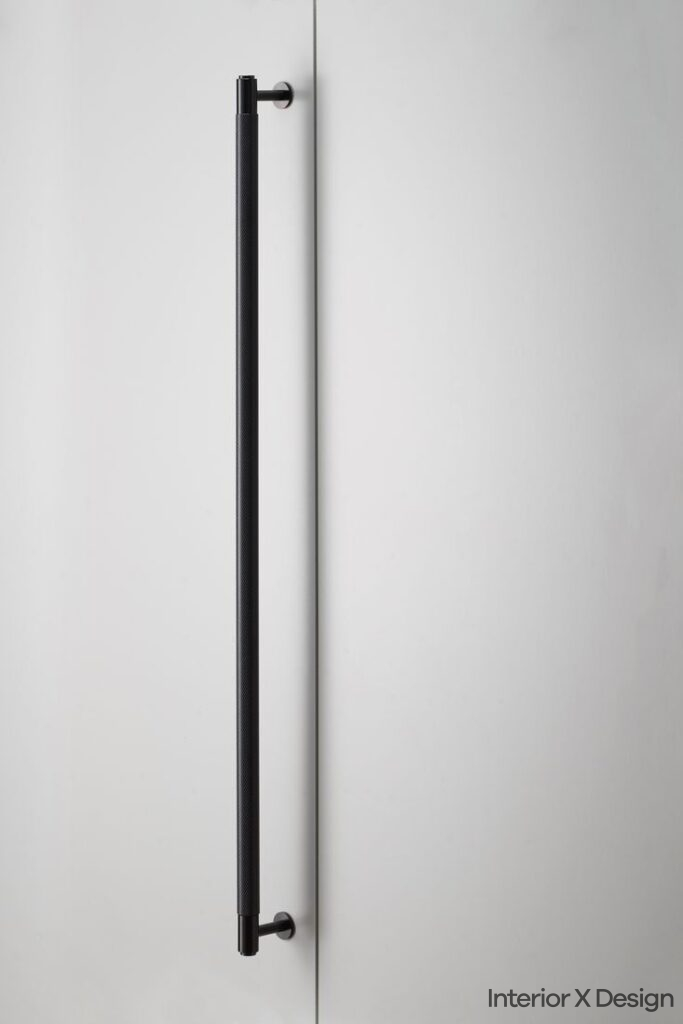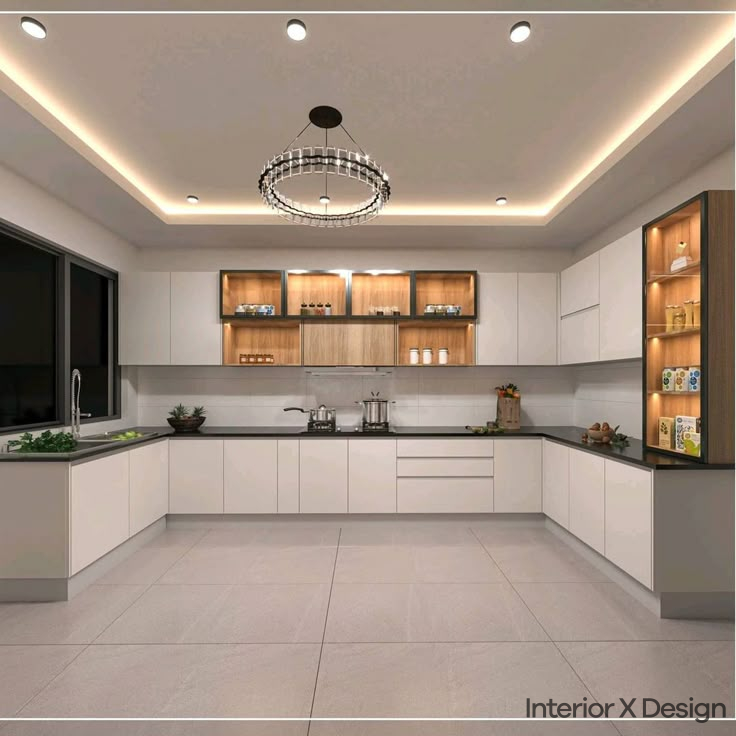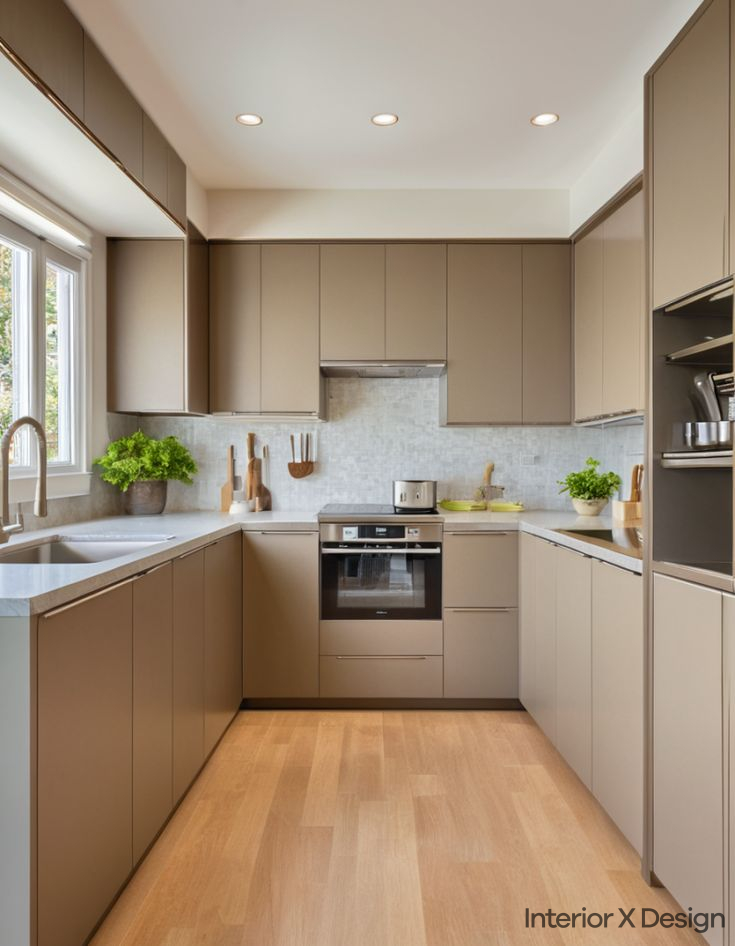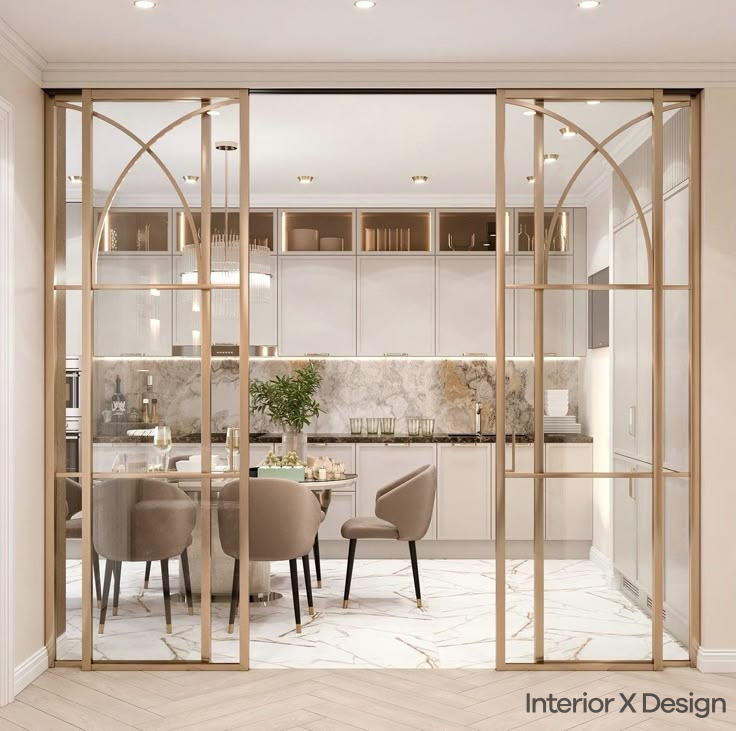Interior design trends often change, but the principle that “less is more” has consistently stood the test of time. Modern interior design embraces simplicity to create serene, uncluttered spaces that feel open, airy, and calming. By incorporating minimalist design ideas, you can transform your home into a stylish sanctuary that reflects intentionality and elegance.
This guide explores modern interior design concepts, minimalist design ideas, and practical steps to achieve this timeless aesthetic.
What is Modern Interior Design?
Modern interior design emphasizes clean lines, ample negative space, and a neutral color palette. It incorporates natural materials and avoids clutter or unnecessary accessories. This style prioritizes essential items that serve a purpose or hold personal significance.
Key features of modern minimalist design include:
- Clean, geometric lines
- Negative space for visual balance
- Neutral tones such as whites, grays, and earthy colors
- Use of natural textures like wood, stone, and cotton
- Multifunctional furniture
- Open floor plans
- Abundance of natural light
The goal is to strip away excess, focusing on what truly matters to create functional yet beautiful spaces.
History of Modern Design
The “less is more” philosophy originates from traditional Japanese design and Scandinavian influences. During the 1930s, architects and designers such as Ludwig Mies van der Rohe and Florence Knoll embraced simplicity to counteract the ornate styles of the pre-war era.
In the 1960s and 1970s, the minimalist movement gained momentum through pioneers like John Pawson and Shiro Kuramata. Their designs highlighted minimal material use and the importance of lighting. While the 1990s saw a mix of over-the-top and minimalist aesthetics, companies like IKEA made the minimalist style widely accessible.
Today, minimalist interior design remains popular as it provides a calming retreat from the fast-paced modern lifestyle.
Characteristics of Modern Interior Design
To achieve a minimalist look, consider these defining characteristics:
1. Clean Lines
Furniture, architectural elements, and decor should feature straight or subtly curved lines for a sleek appearance.
2. Negative Space
Allow ample empty space around furnishings to create a sense of openness.
3. Neutral Color Palette
Base tones of white, beige, gray, or soft earth colors create a serene backdrop.
4. Natural Materials
Integrate wood, stone, glass, and textiles for warmth and texture.
5. Multifunctional Furniture
Choose pieces like sofa beds or nesting tables to maximize utility.
6. Open Floor Plans
Merge living, dining, and kitchen areas to enhance spaciousness.
7. Natural Light
Utilize large windows, glass doors, or skylights to brighten the space.
8. Limited Accessories
Display only meaningful art, plants, or objects to avoid clutter.
How to Achieve a Modern Minimalist Interior
Creating a minimalist home involves thoughtful planning and design. Follow these steps to embrace modern interior design:
Step 1: Declutter Your Space
Remove items that do not add value. Organize belongings into categories: keep, donate, or discard. Aim to retain only functional or cherished pieces.
Step 2: Optimize Furniture Placement
Position furniture to create open pathways and maximize natural light. Leave space around each piece for balance.
Step 3: Stick to a Neutral Palette
Use a limited color scheme with accents like green plants or metallic finishes. Neutral tones evoke calm and complement the minimalist style.
Step 4: Incorporate Texture
Introduce variety with materials like wool rugs, linen throws, or woven baskets. These add depth without visual clutter.
Step 5: Focus on Lighting
Prioritize natural light through windows or glass walls. Enhance with recessed lighting or minimalist pendant lamps.
Step 6: Embrace Built-in Storage
Custom shelving and cabinets keep essentials organized and hidden, maintaining a tidy appearance.
Step 7: Add Greenery
Plants such as succulents or fiddle-leaf figs bring life and a connection to nature.
Step 8: Limit Decorative Elements
Choose one or two focal pieces per room. Opt for timeless art, sculptures, or vases.
Step 9: Invest in Smart Home Technology
Use wireless devices to minimize cords and clutter. Smart lighting and appliances enhance functionality.
Best Practices for Modern Interior Design
Implement these practical tips for achieving a minimalist yet inviting interior:
- Declutter Regularly: Keep your space tidy by revisiting your belongings periodically.
- Select Furniture Thoughtfully: Opt for functional, design-forward pieces.
- Keep the Palette Simple: Stick to two or three complementary colors.
- Maximize Natural Light: Use sheer curtains or blinds to allow light to flow.
- Incorporate Versatile Pieces: Use modular or movable furniture to adapt to changing needs.
- Curate Mindfully: Display only items that hold meaning or enhance the aesthetic.
- Balance Elements: Use symmetry and proportion to create a harmonious layout.
Minimalist Design Ideas for Every Room
Living Room:
A minimalist living room should feel welcoming yet uncluttered. Use a neutral sofa, a sleek coffee table, and one or two accent chairs. Keep decor simple with a single piece of artwork and a potted plant.
Bedroom:
Create a tranquil bedroom with a low-profile bed, crisp white bedding, and built-in storage. Avoid excessive pillows or decor. Soft lighting enhances relaxation.
Kitchen:
Incorporate seamless cabinetry, open shelving, and a monochromatic palette. Use stainless steel or matte black finishes for modern touches.
Bathroom:
Opt for a walk-in shower, floating vanity, and minimal hardware. Include greenery or a textured bath mat for warmth.
Home Office:
A clutter-free desk, ergonomic chair, and concealed storage ensure focus. Use natural light and neutral tones to boost productivity.
Conclusion
Modern interior design proves that “less is more” by showcasing the beauty of simplicity. A minimalist home emphasizes function, space, and intentionality, creating environments that are both stylish and serene. By following these principles, you can craft spaces that reflect clarity and purpose—a true testament to the idea that less truly is more in style.



